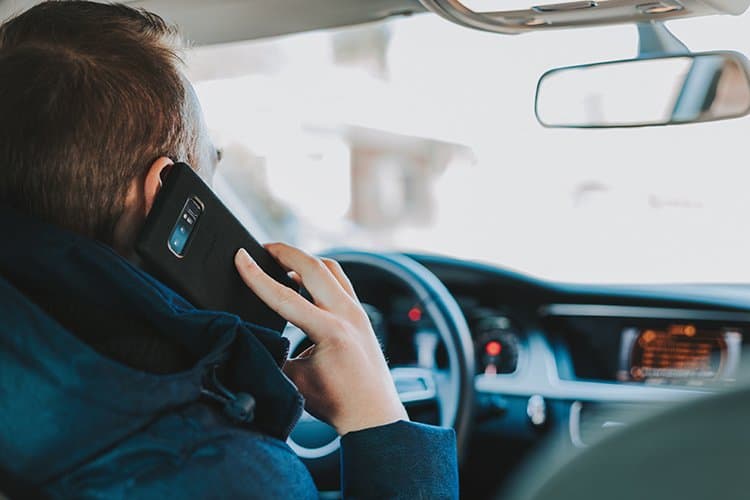 In the spirit of National Teen Driver Safety Week, the Safe Roads Alliance (SRA) and Cambridge Mobile Telematics (CMT) are partnering to remind parents and teen drivers that phone distraction and other driving risks are learned behaviors, and can be unlearned with education and practice.
In the spirit of National Teen Driver Safety Week, the Safe Roads Alliance (SRA) and Cambridge Mobile Telematics (CMT) are partnering to remind parents and teen drivers that phone distraction and other driving risks are learned behaviors, and can be unlearned with education and practice.
Safe Roads Alliance, a non-profit organization dedicated to promoting safer driving, is urging parents to have meaningful conversations with their teens about making safe choices while driving. Massachusetts is now a hands-free state which means you cannot hold your phone while you drive. The penalties start at $100 and go up from there. Parents still have the most influential role when it comes to teen driving skills and habits. It is important that they set a good example and speak to their children about the dangers of distracted driving.
SRA developed The Parent’s Supervised Driving Program 10 years ago as a free resource for parents and guardians when their teen is issued a learner’s permit. It continues to be distributed at the RMV for free.
“Parents have the most influential role when it comes to a teen’s driving habits and skills. Be that good model for your teen. Hang up, follow the speed limit, buckle up, every trip and in every seat, and drive mindfully around pedestrians and bicyclists,” said Emily Stein, President of Safe Roads Alliance. “It’s also so important to have those conversations about driving safety with your teens and creating good habits while driving.”
One of the most effective ways is to encourage and empower passengers to speak up if the driver is speeding or distracted by their phone, a behavior likely first learned in the family car. Another proven way is to download a safe driving app, either with a telematics program through an auto insurer, a family safety app that offers driver scoring, or a free app like CMT’s Safest Driver app, available in the App Store and Google Play Store.
“We love CMT’s Safest Driver app, as it gives helpful feedback right after each drive, and it’s nice to see your driving habits improve over time by tracking your driving in an app,” Stein said. “In the same way that people remain active by counting their steps, studies by CMT and others have shown that people who regularly engage with a safe driving app reduce their risky driving behaviors.”
It’s a crucial time for parents and teens to become more mindful drivers, as roads across the country became more dangerous during the COVID-19 pandemic. Each year traffic crashes are the top cause of death for teens ages 15 to 18; all traffic deaths increased 7.2 percent in 2020 to 38,680, according to the National Highway Traffic Safety Administration (NHTSA). This occurred despite significant drops in total trips and mileage, according to data from CMT’s leading smartphone telematics platform, because risky driving behavior like phone distraction and extreme speeding spiked and still have yet to return to normal.
Based on data from more than 300 million trips measured by CMT between January 2019 and July 2021, phone distraction jumped by more than 17 percent in the first month of the pandemic; on weekday evening commutes, it jumped more than 31 percent. At no point since the pandemic has distraction returned to pre-pandemic levels; phone distraction was still 3.3 percent higher in July 2021 than in July 2019.
Extreme speeding – speeding at greater than 90 mph – jumped 255 percent from March to April in 2020, as roads were clear from traffic. But even as traffic has returned, extreme speeding has persisted; July 2021 saw 30 percent higher extreme speeding than July 2019.
“Drivers picked up some bad habits early in the pandemic when there was far less traffic on the roads, and those habits have been hard to shake,” said Ian Murphy, CMT’s Director of Marketing and Communications. “But if these behaviors can be learned, they can be unlearned too. The first step is getting educated about the resources available for parents and teens, and the second step is finding the system that works best for your family and getting started, whether that’s a safe driving app or something else to keep safe driving front of mind.”